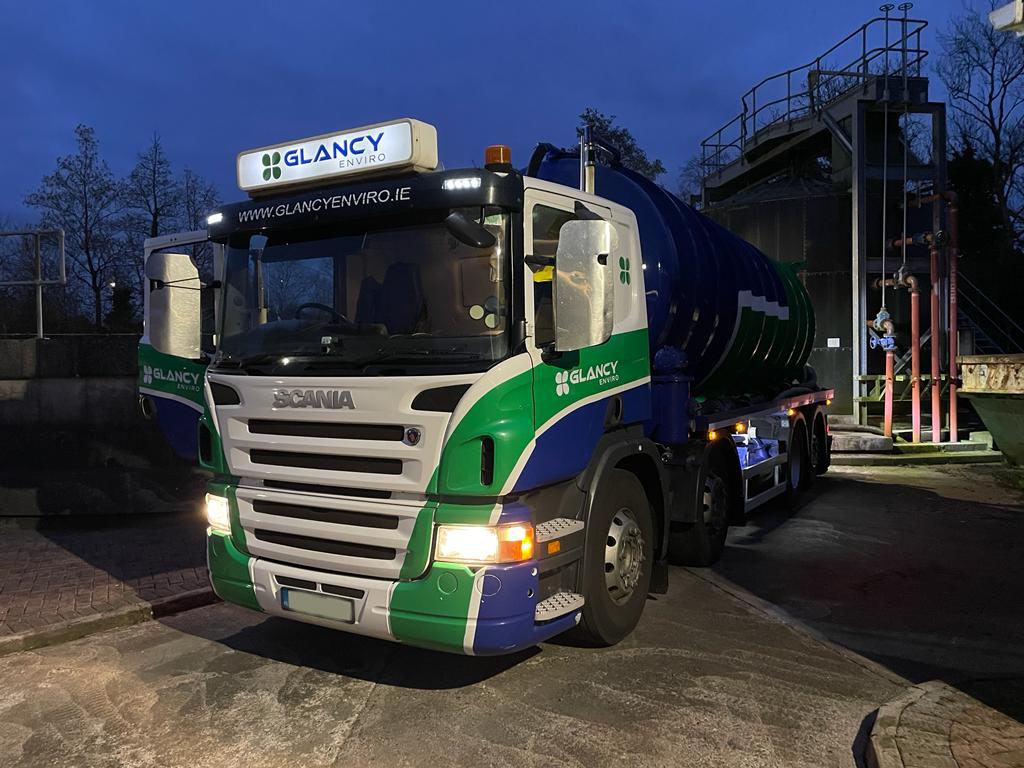The Greatest Guide To Reclaim Waste
The Greatest Guide To Reclaim Waste
Blog Article
Things about Reclaim Waste
Table of ContentsExcitement About Reclaim WasteGetting The Reclaim Waste To Work4 Simple Techniques For Reclaim WasteThe Ultimate Guide To Reclaim WasteGetting The Reclaim Waste To Work
Domestic sewer waste refers to the waste and products from a residential septic storage tank. The appropriate management and disposal of domestic sewage waste need fluid waste to be transferred to a sewage therapy plant where the appropriate techniques and equipment are used to purify and dispose of waste.
Commercial waste commonly includes prospective threats, such as flammable products or a mix of fluid and solid waste products, and needs an advanced and in-depth disposal process. The disposal of business waste typically includes the filtering of waste before transportation to ensure risk-free and correct disposal. Hazardous waste is produced from by-products and runoff of commercial processes and production.
This type of waste can not make use of the same sewer management transportation or procedures as septic or business fluids. The hazardous waste monitoring process calls for the examination and testing of fluid waste before it undergoes the disposal procedure (liquid waste disposal melbourne). Drainage waste is the liquid waste that originates from runoff and excess stormwater in highly booming locations or cities
Drainage waste can cause contamination and flooding if not handled correctly. Guaranteeing appropriate waste administration can prevent disasters and reduce ecological harm.
Getting The Reclaim Waste To Work
Get in touch with PROS Providers today to discover our waste monitoring and disposal services and the correct means to care for the fluid waste you create.
(http://tupalo.com/en/users/7813759)Do you know what takes place to your water when you disengage, flush the toilet or drain the cleaning maker? No? Well, it deserves recognizing. This supposed 'wastewater' is not just an important resource however, after treatment, will certainly be launched to our land, rivers or the ocean. Utilized water from toilets, showers, baths, cooking area sinks, laundries and commercial processes is recognized as wastewater.

water made use of to cool down equipment or tidy plant and equipment). Stormwater, a type of wastewater, is overflow that flows from farming and metropolitan locations such as roofs, parks, yards, roads, paths and rain gutters into stormwater drains pipes, after rain. Stormwater streams without treatment straight to regional creeks or rivers, eventually reaching the sea.
The 5-Second Trick For Reclaim Waste
In Queensland, the majority of wastewater is treated at sewer therapy plants. Wastewater is transported from residential or industrial sites via a system of sewers and pump stations, referred to as sewage reticulation, to a sewer treatment plant. Neighborhood federal governments develop, maintain and run most sewage treatment plants. Operators are licensed under the Environmental Protection Act 1994 to discharge treated wastewater at an appropriate environmental criterion into waterways.
The Department of Natural Resources suggests city governments about handling, operating and keeping sewerage systems and treatment plants. In unsewered areas, regional federal governments may call for homeowners to install specific or house sewer treatment systems to treat domestic wastewater from bathrooms, kitchen areas, shower rooms and laundries. The Department of Natural Resources authorizes making use of family systems when they are shown to be efficient.
In some new subdivisions, treatment of some stormwater to get rid of litter, sand and gravel has actually started using gross contaminant catches. Wastewater treatment happens in 4 phases: Gets rid of strong matter.
Wastewater after that flows into huge storage tanks where solids settle and are eliminated Full Report as sludge. Grease and scum are skimmed from the surface area. Utilizes tiny living microorganisms called micro-organisms to break down and eliminate staying dissolved wastes and great fragments. Micro-organisms and wastes are incorporated in the sludge. Eliminates nitrogen and phosphorus nutrients that might trigger algal blooms in our rivers and intimidate aquatic life.
The Definitive Guide to Reclaim Waste
Nutrient elimination is not available in any way sewage therapy plants because it requires costly specialised devices. It is coming to be extra common in Queensland. Clear fluid effluent generated after therapy might still have disease-causing micro-organisms. If this effluent is launched right into rivers such as rivers or the sea, the micro-organisms will ultimately pass away out.

Many wastewater streams right into the sewerage system. Under the Act, local governments provide approvals and licences for ecologically relevant activities (Periods) involving wastewater releases that could have a local effect.
The smart Trick of Reclaim Waste That Nobody is Talking About
Or else, examples are taken for lab evaluation. Frequently numerous examinations are needed to establish the levels of each of the various toxins such as oils, hefty metals and chemicals in water. Surveillance gives factual information about water top quality and can confirm that permit conditions are being satisfied. The information acquired through surveillance gives the basis for making water top quality choices.
Report this page